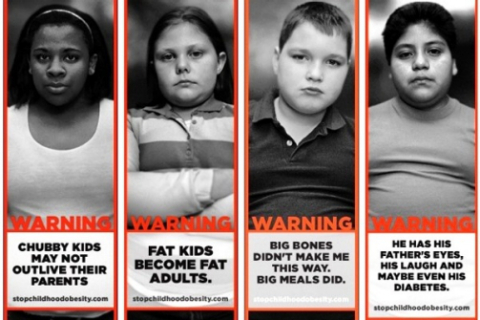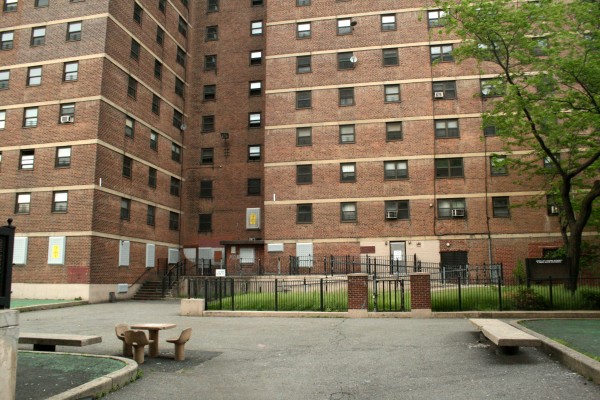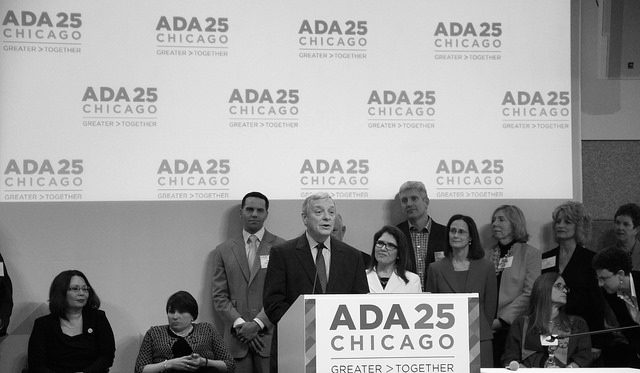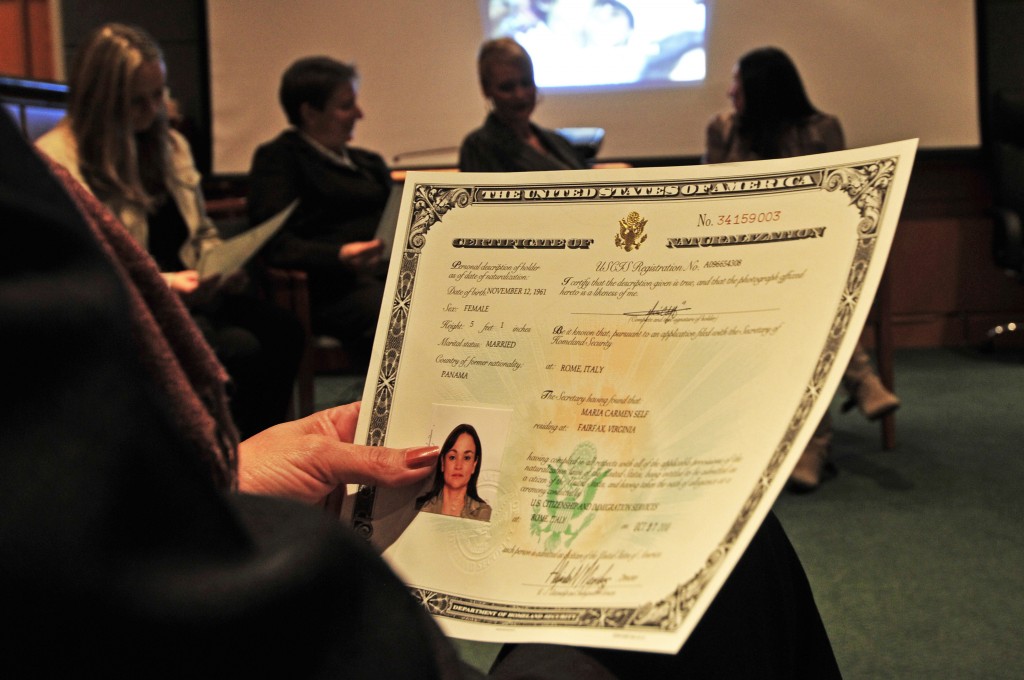
“That’s the Hollywood secret! Don’t put food in your dumb mouth!” That’s how Amy Schumer, a 34-year-old comedian, mocks the tyranny of thinness in Hollywood and American society. As Schumer recounted on the television show Ellen, as she prepared for her film “Trainwreck,” movie executives hired a personal trainer to try to help her slim down. They gave her a meal plan that consisted of “a smoothie for breakfast, and then like for lunch you journal about that smoothie…like, there’s no food!”
At 5’7” and 160 pounds, Schumer’s Body Mass Index is 25.1, just barely over the current cut-off between “normal weight” and “overweight” and slightly below average for the current U.S. population. But she counts as heavy in Hollywood, where weight-based discrimination prevails and bigger bodies are devalued and rendered invisible in the contemporary United States. Unlike most women performers, Schumer has defiantly refused to resemble an “undernourished bird.” Her normal weight has not hurt her romantic life or her career. On its opening weekend, “Trainwreck,” the movie Schumer wrote and starred in, grossed $30 million. more...






 Research to Improve Policy: The Scholars Strategy Network seeks to improve public policy and strengthen democracy by organizing scholars working in America's colleges and universities. SSN's founding director is Theda Skocpol, Victor S. Thomas Professor of Government and Sociology at Harvard University.
Research to Improve Policy: The Scholars Strategy Network seeks to improve public policy and strengthen democracy by organizing scholars working in America's colleges and universities. SSN's founding director is Theda Skocpol, Victor S. Thomas Professor of Government and Sociology at Harvard University.